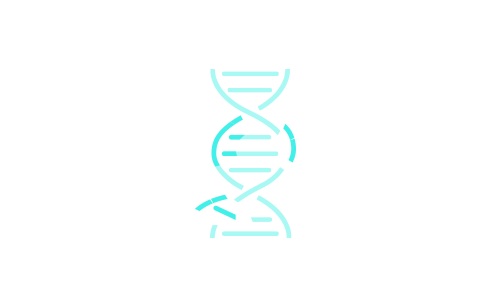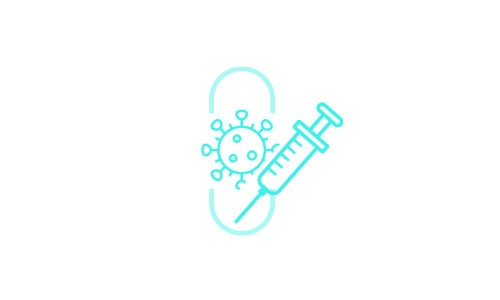Who we are
We are
Bio Design Lab
Bio Design Lab
In the development of biopharmaceuticals, conventional approaches normally involve intuitive modifications of only one part or component of complex bio-entities. These fragmented approaches have often shown critical limitations as exemplified by unexpected serious side effects of the conventionally developed biopharmaceutical products.
At Bio Design Lab, we instead apply systems-level genetic and genomic design-based strategies to create and develop various biopharmaceuticals much more effectively. We see the development of biopharmaceuticals as complex bio-entities with interacting connections between their constituent parts or biomolecular components.
Our approaches involve the selection of useful components from biomolecules, a combination of genetic parts existing in nature and generation of artificial ones from the screening of genetic libraries. We also employ computational genetic and genomic models to design the optimized connections of the components for certain therapeutic purposes. The model-based design strategies will facilitate and accelerate the development of highly potent biopharmaceuticals to treat various diseases.
At Bio Design Lab, we instead apply systems-level genetic and genomic design-based strategies to create and develop various biopharmaceuticals much more effectively. We see the development of biopharmaceuticals as complex bio-entities with interacting connections between their constituent parts or biomolecular components.
Our approaches involve the selection of useful components from biomolecules, a combination of genetic parts existing in nature and generation of artificial ones from the screening of genetic libraries. We also employ computational genetic and genomic models to design the optimized connections of the components for certain therapeutic purposes. The model-based design strategies will facilitate and accelerate the development of highly potent biopharmaceuticals to treat various diseases.
We generate platforms
for cell, gene and immune therapies by applying approaches in systems and synthetic biology:

1. Optimize and engineer individual components of biomolecules based on advanced genetic techniques

2. Assemble engineered components with selected features

3. Develop innovative platforms and use assembled components for effective therapies to satisfy unmet needs
